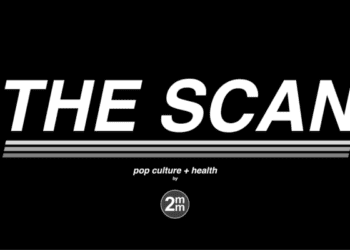Lactation after gestational diabetes may decrease risk of type 2 diabetes
1. From a prospective cohort study, increased breastfeeding intensity and duration was associated with significantly reduced risk of developing type 2 diabetes after delivery, among mothers who developed gestational diabetes.
Evidence Rating Level: 1 (Excellent)
Study Rundown: Gestational diabetes mellitus (GDM) is a disorder of glucose intolerance associated with some pregnancies and confers an increased risk of developing type 2 diabetes mellitus (T2DM). Lactation has been shown to improve glucose and lipid metabolism and increase insulin sensitivity, but studies on the effect of lactation on the incidence of T2DM are conflicting. This study prospectively followed healthy mothers who developed GDM during their pregnancy to determine if lactation intensity or duration after a term delivery had any affect on the incidence of T2DM within 2 years post-partum. The T2DM incidence rates for exclusive formula feeding were over twice that of exclusive breastfeeding. Mothers who breastfed more consistently also tended to breastfeed longer. Breastfeeding intensity and duration were independently associated with significantly reduced rates of T2DM incidence. Exclusive breastfeeding in mothers with GDM was associated with an over 50% reduced risk of developing T2DM. Breastfeeding duration, regardless of intensity, for longer than 2 months was associated with less than two-thirds the risk of developing T2DM as mothers who breastfed for less than 2 months. The strengths of this study were its large, diverse cohort of patients and its high retention rate, but it was limited by its inherent lack of randomization. Overall, this study suggests that breastfeeding may be a prophylactic treatment for patients with GDM.
Click to read the study published today in the Annals of Internal Medicine
Relevant Reading: The Effect of Lactation on Glucose and Lipid Metabolism in Women With Recent Gestational Diabetes.
In-Depth [prospective cohort]: This study monitored the lactation and formula feeding habits, level of physical activity, maternal dietary habits and glucose tolerance of an ethnically diverse cohort of 1010 eligible mothers. At 6 to 9 weeks post-partum, mothers were identified as exclusive formula, mostly formula/mixed/inconsistent, mostly lactation or exclusive lactation feeders. During the two years of follow-up, 959 of the 1010 (95%) eligible mothers were retained in the study and 113 (11.8%) developed new T2DM.
When adjusted for age, newborn outcomes and post-partum lifestyle (i.e., physical activity, glycemic index and calories from animal fat), mixed/inconsistent/mostly formula feeders (HR 0.66, 95%CI 0.38–1.14), mostly lactation feeders (HR 0.56, 95%CI 0.32–0.95) and exclusive lactation feeders (HR 0.48, 95%CI 0.25-0.92) demonstrated a significant trend (p = 0.023) of lower risk of T2DM incidence, relative to exclusive formula feeders. Similarly, increasing lactation durations of 2-5 months, 5-10 months and >10 months were independently associated with a significantly lower risk of T2DM incidence (trend p = 0.010, with HR 0.48, 0.65 and 0.47, respectively) when compared to 0-2 months lactation.
Image: CC/Wiki
©2015 2 Minute Medicine, Inc. All rights reserved. No works may be reproduced without expressed written consent from 2 Minute Medicine, Inc. Inquire about licensing here. No article should be construed as medical advice and is not intended as such by the authors or by 2 Minute Medicine, Inc.





![Adverse pregnancy outcomes associated with thrombophilias [Classics Series]](https://www.2minutemedicine.com/wp-content/uploads/2015/07/Classics-2-Minute-Medicine-e1436017941513-75x75.png)

